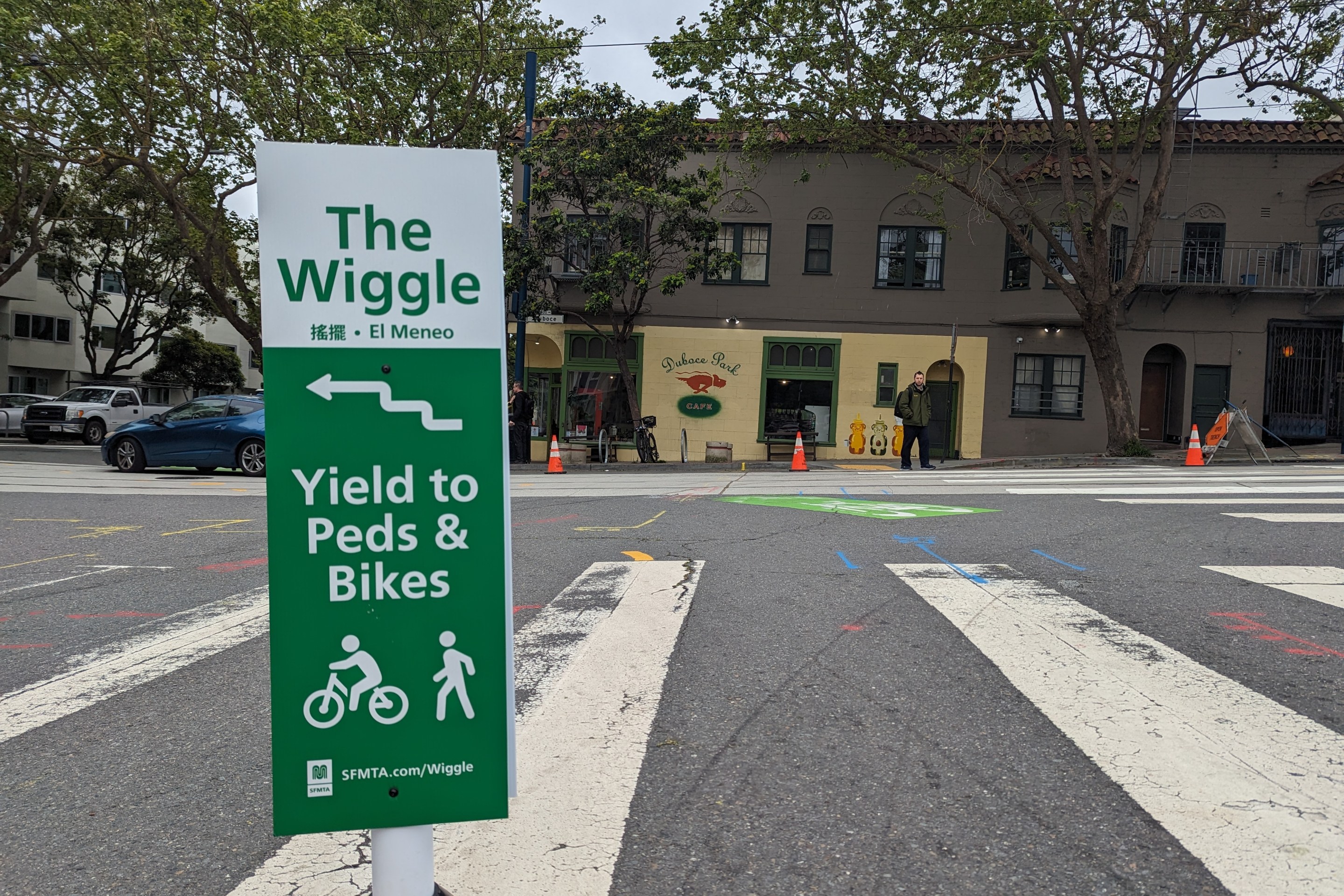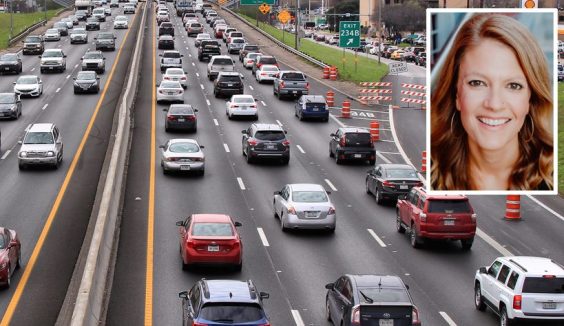New Report Maps the Gap Between Pedestrian Risks and Federal Safety Aid
9:43 AM PST on November 9, 2009
 The top 10 most dangerous cities for pedestrians. (Chart: Dangerous by Design report)
The top 10 most dangerous cities for pedestrians. (Chart: Dangerous by Design report)If
the equivalent of one jumbo jet full of Americans died every month, the
resulting public outcry would be deafening. Or would it?
Anne Canby, the former Delaware transportation secretary who heads the Surface Transportation Policy Partnership (STPP), raised that question today as her organization helped unveil a new report
on the nation's pedestrian safety outlook. In fact, Canby said, nearly
5,000 U.S. pedestrians die in traffic crashes every year -- but the
resulting public health risk has yet to register as an urgent national
issue.
The report released today, a joint effort by STPP and
Transportation for America (T4A), ranks the nation's most dangerous
cities for pedestrians and bicyclists according to a "danger index"
that factors in the number of residents who walk to work.
The
top 10 most dangerous areas (viewable above) were all located in the
south. Florida has the dubious distinction of hosting the top four
riskiest cities, though the study's authors noted that the state's
large percentage of retirees were not disproportionally represented in
fatality data.
The rankings are likely to be troubling
for residents of the most dangerous cities, but the report's rundown of
federal safety spending paints just as lackluster a picture.
Since the 2005 transportation bill
took effect, according to the report, U.S. cities with populations
greater than 1 million have spent an average of $1.39 per person in
federal money on pedestrian and bicyclist safety. Under the 1998
transportation bill, the same U.S. cities spent just $0.82 per person
in federal money -- a rise that today's report deems "a vast
improvement" but Canby finds lacking.
"Safety for
pedestrians has not really advanced a great deal over this period,"
Canby told reporters today, adding that walking and biking have yet to
be "regarded as full forms of transportation."
Pedestrian and
bicycle safety is often funded through Transportation Enhancements
(TE), a program that sets aside 10 percent of each state's aid from
Washington for green transport. But as Streetsblog Capitol Hill reported last month, TE took a disproportionate hit when congressional inaction forced the cancellation of $8.7 billion in state DOT contract authority.
The
authors of today's report delved deeper into that trend and found that
most state officials sit on their hands when it comes to spending
available bicycle and pedestrian money, both for safety and better
infrastructure:
[M]ost states have not fullyutilized these funds, obligating (i.e., actually spending) only 80.4percent of the nearly $9.4 billion made available through theTransportation Enhancements program since 1992, and only 35 percent ofthe Safe Routes to Schools program since 2005. This leaves federalfunds, which could be dedicated to improving pedestrian and bicyclistsafety, effectively unspent. This is not for lack of local need orinterest in such projects, by and large, but rather a reflection ofstate DOTs' priorities. ...
Worse still, the large amount of unspent funds in thoseprograms make them a prime target for meeting federal [cancellation]requirements ... In FY 2008 alone, states returned over $98.5 millionin TE funds to the federal government through rescis- sions, equivalentto a 12 percent reduction in the 2008 apportionment of TE funds.
Using
Federal Highway Administration records, the report's authors found an
average of 1.5 percent of federal transportation spending is focused on
pedestrian and bicycle safety, while pedestrians alone account for 11.5
percent of traffic fatalities.
"We're worried that this is
only going to get worse," Dr. Linda Degutis, associate professor of
emergency medicine and public health at Yale University, told reporters
today. "We've not seen a significant decline in injuries or deaths of
pedestrians."
What can be done to remedy the whopping
safety funding gap? Requiring that federal safety money be spent in an
amount proportional to the risk facing pedestrians would be a place to
start, but the report focuses on the advantages of a national "complete streets" policy that would tell transportation planners to accommodate all road users.
In its statement on
the STPP/T4A report, the National Complete Streets Coalition urges
adoption of that national policy, which is part of the six-year, $500
billion national infrastructure bill that's currently stalled in the House.
But
preventing the cannibalizing of TE funds when it comes time for state
officials to trim their budgets is likely to require nothing short of a
cultural upheaval in many areas. The more that local residents speak up
about the need to spend available federal money on pedestrian and
bicycle infrastructure -- as well as on air quality improvements, also disproportionately hit this year -- the better.
Stay in touch
Sign up for our free newsletter
More from Streetsblog San Francisco
Independent Safety Advocates Beef up the Wiggle
Signs and soft-hit posts installed by advocates make the Wiggle bike route calmer and safer for cyclists and pedestrians




